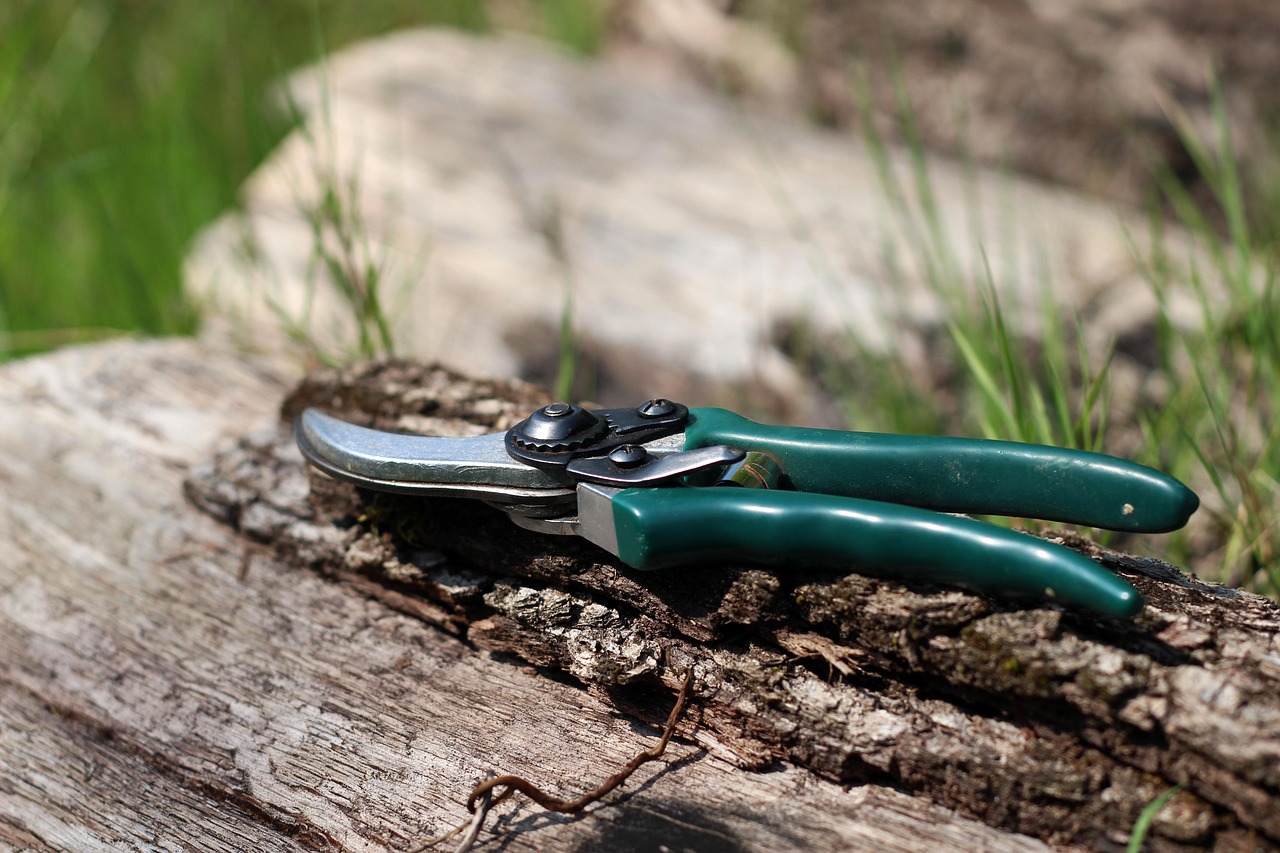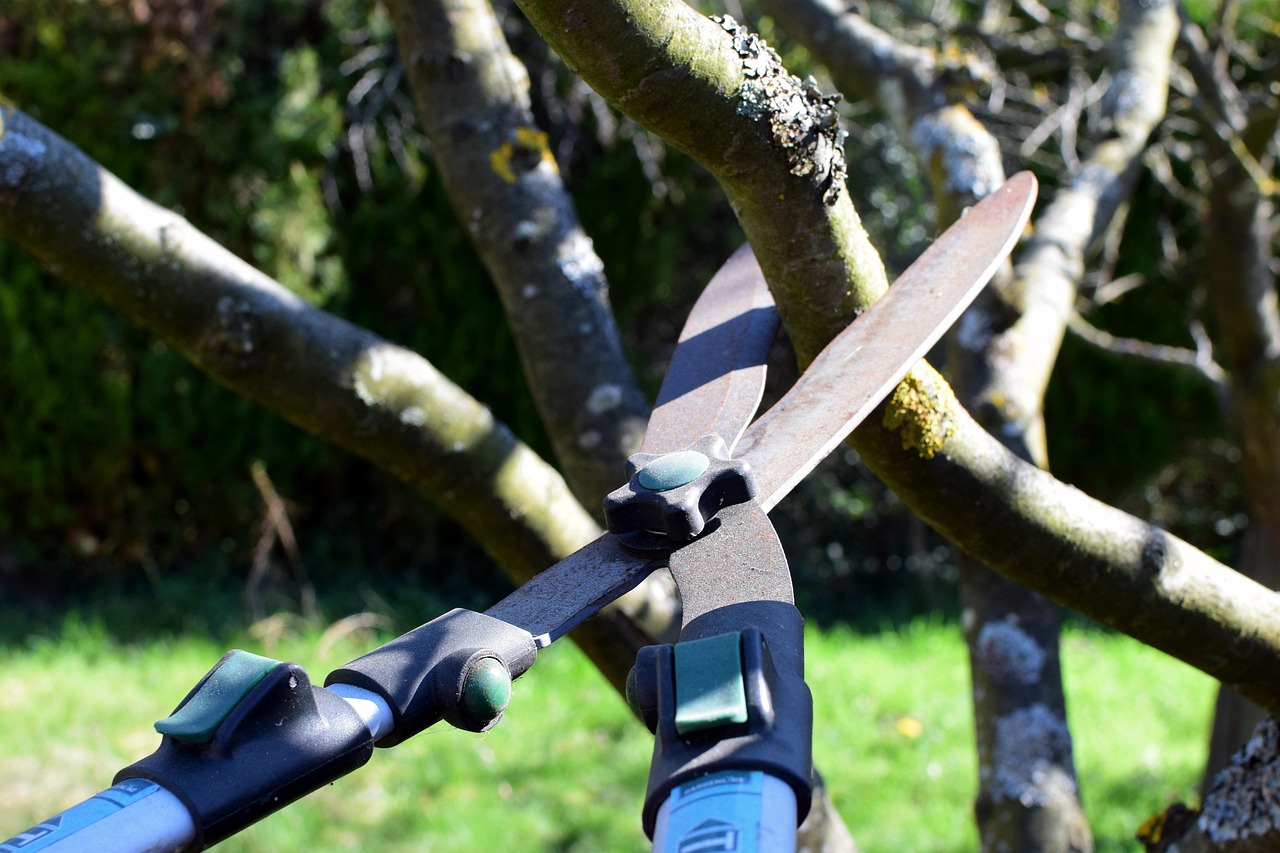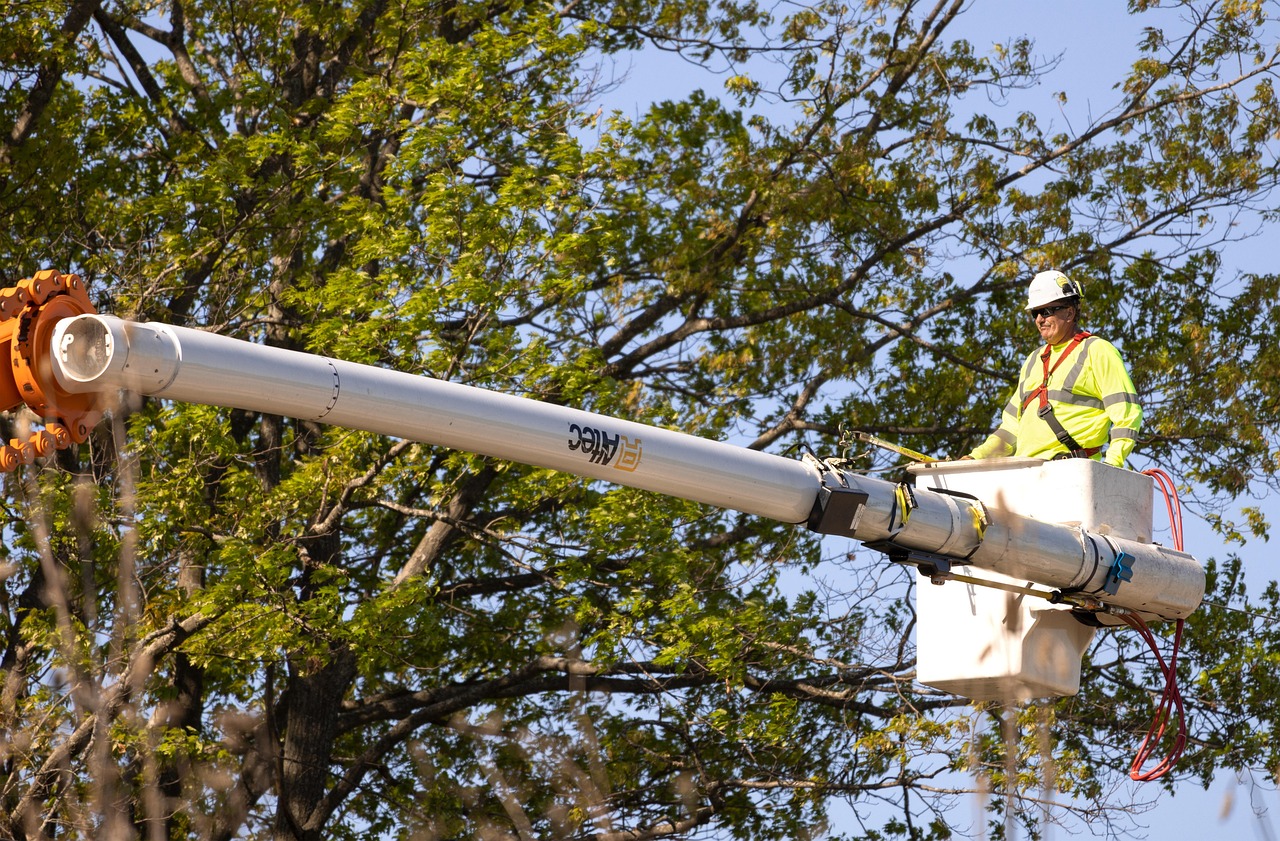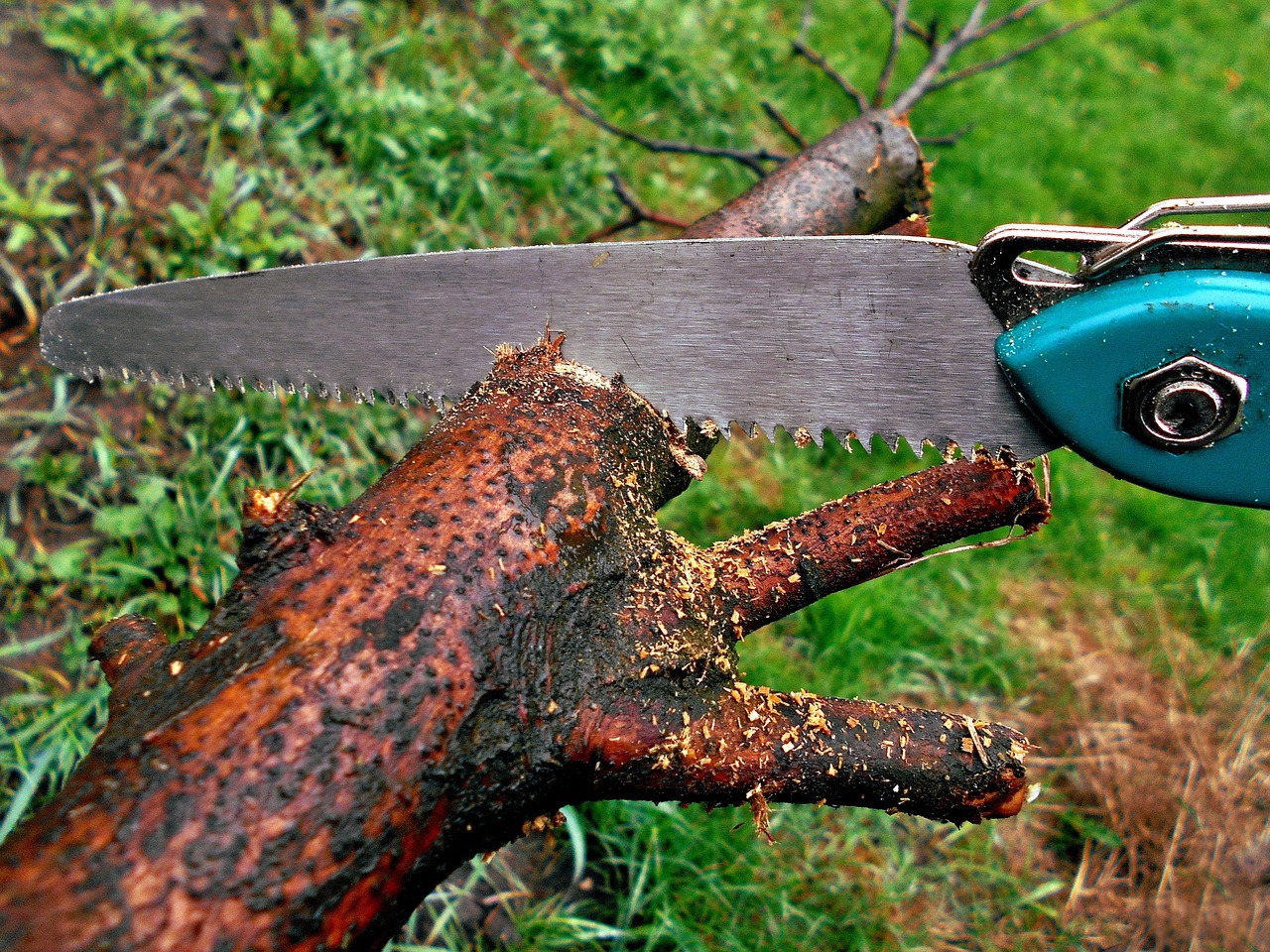Winter pruning is crucial for maintaining the health, shape, and beauty of ornamental evergreens. Pruning during dormancy enhances airflow, removes dead branches, and promotes vigorous growth in spring. Proper timing, techniques, and tools ensure minimal stress and optimal plant recovery, transforming your garden landscape effectively during the winter months.
Understanding Winter Pruning
Winter pruning is a vital practice for maintaining the health and aesthetics of ornamental evergreens. During the dormant season, which typically spans late fall to early spring, these plants are less susceptible to stress and disease. Pruning in winter allows gardeners to assess the structure of the plants without the distraction of foliage. This visibility makes it easier to identify areas that require attention.

Ornamental evergreens include a variety of species, such as pines, spruces, firs, and cedars. Each type has unique growth patterns and care requirements. Understanding these differences is essential for effective winter pruning.
Benefits of Winter Pruning
Engaging in winter pruning offers several benefits for ornamental evergreens:
- Improved Airflow: Pruning helps reduce dense growth, allowing for better air circulation around the plant. This can prevent fungal diseases.
- Healthier Growth: Removing dead or damaged branches promotes overall plant health, encouraging new growth in the spring.
- Enhanced Appearance: Regular pruning maintains a desirable shape and size, enhancing the visual appeal of the garden.
- Reduced Weight: Snow accumulation can cause branches to break. Pruning reduces the weight on branches, lowering the risk of damage.
Timing for Winter Pruning
The ideal time for winter pruning varies depending on the specific type of evergreen. Generally, pruning should occur when temperatures are consistently below freezing but before new growth begins in early spring. This timing minimizes stress on the plant and allows it to heal quickly during the active growing season.

It is essential to avoid pruning during extreme cold spells as this can damage the plant. Instead, wait for milder days when conditions are more favorable for cutting.
Tools Required for Pruning
Using the right tools is crucial for effective winter pruning. Sharp, clean tools ensure precise cuts that promote healing. Here are some common tools needed:
- Hand Pruners: Ideal for small branches and delicate work.
- Loppers: Useful for cutting larger branches that are too thick for hand pruners.
- Saws: A pruning saw is necessary for very thick branches that require more power to cut through.
- Gloves: Protect your hands while working with rough bark or sharp tools.
Pruning Techniques
Employing proper pruning techniques is essential to ensure the health and longevity of ornamental evergreens. Here are a few recommended methods:

- Thinning: This involves removing specific branches to improve light penetration and airflow. Focus on crowded areas of the plant.
- Heading Back: This technique shortens branches by cutting them back to a lateral branch or bud. It encourages denser growth.
- Cleaning: Remove any dead, damaged, or diseased branches. This prevents potential issues and promotes healthier plants.
Common Mistakes to Avoid
While winter pruning can be highly beneficial, there are common mistakes that gardeners should avoid:
- Over-pruning: Removing too much foliage can stress the plant. Always prune conservatively.
- Poor Timing: Pruning too late in the season can damage new growth. Stick to the recommended timing.
- Improper Cuts: Make clean cuts at an angle to prevent water accumulation and promote healing.
Species-Specific Guidelines
Different species of ornamental evergreens may require specific approaches to pruning. For example:
| Species | Pruning Notes |
|---|---|
| Pine | Prune only in late winter or early spring before new growth starts. |
| Spruce | Avoid heavy pruning; focus on shaping rather than size reduction. |
| Cedar | Can tolerate more aggressive pruning, but avoid cutting into old wood. |
By understanding the needs of different species, gardeners can tailor their winter pruning practices effectively. This will ensure that ornamental evergreens not only survive but thrive throughout the seasons ahead.

Tools and Techniques for Effective Pruning
Pruning ornamental evergreens effectively requires not only the right timing but also the appropriate tools and techniques. Utilizing the correct tools ensures clean cuts, which are crucial for plant health. This section will explore essential tools, recommended techniques, and additional tips for successful pruning.
Essential Pruning Tools
Having the right tools can make a significant difference in the ease and effectiveness of winter pruning. Here are some essential tools every gardener should consider:
- Bypass Pruners: Ideal for small branches, these pruners allow for precise cuts without crushing the plant tissue.
- Folding Pruning Saw: Useful for larger branches, a folding saw is portable and easy to store.
- Loppers: These long-handled pruners provide leverage for cutting thicker branches that pruners cannot handle.
- Hedge Shears: Best for shaping hedges and maintaining uniformity in evergreens with dense growth.
- Hand Rake: Helpful for cleaning up debris after pruning, ensuring a tidy workspace.
Pruning Techniques for Different Growth Forms
Ornamental evergreens can have various growth forms, such as upright, spreading, or weeping. Understanding these forms helps in applying the correct pruning techniques:
- Upright Growth: For trees like pines and firs, prune to maintain a central leader. Remove lower branches gradually to enhance the overall shape.
- Spreading Growth: Species such as junipers benefit from thinning out excess branches to improve light penetration and airflow.
- Weeping Growth: For plants like weeping willows, prune to control length and maintain a desirable shape while allowing some natural droop.
Step-by-Step Pruning Process
Following a systematic approach can make winter pruning more manageable. Here’s a step-by-step guide:
- Assess the Plant: Begin by examining the evergreen from all angles. Identify dead, damaged, or crossing branches.
- Select Branches to Prune: Prioritize removing branches that are diseased, broken, or overly crowded.
- Make Clean Cuts: Use sharp tools to make angled cuts just above a bud or branch junction. This promotes better healing.
- Step Back and Evaluate: Periodically step back to assess your work. Ensure that the plant maintains a balanced appearance.
- Clean Up Debris: Collect and dispose of cut branches and other debris to prevent pests and diseases.
Aftercare Following Pruning
After pruning, it is essential to care for the plants to help them recover quickly. Here are some recommended aftercare practices:
- Watering: Ensure that the plants are adequately watered, especially if there is little precipitation. This encourages healing and new growth.
- Mulching: Apply a layer of mulch around the base of the plant to conserve moisture and regulate soil temperature.
- Monitoring: Keep an eye out for any signs of stress or disease following pruning. Early detection helps mitigate any potential issues.
- Nutrient Management: Consider applying a balanced fertilizer in early spring to promote healthy growth after the winter dormancy.
Signs of Successful Pruning
A well-pruned evergreen should exhibit specific signs of success as it begins to grow in spring. Look for the following indicators:
- New Growth: Healthy buds should develop on previously pruned branches, indicating that the plant is recovering well.
- Improved Shape: The overall shape of the evergreen should appear more balanced and aesthetically pleasing.
- Increased Airflow: Enhanced airflow around the plant can reduce disease risk and promote healthier foliage.
Pest and Disease Management Post-Pruning
Pests and diseases can pose significant threats to ornamental evergreens, especially after pruning. Proper management strategies are essential to protect these plants. Here are some common concerns and how to address them:
Common Pests
Pests such as aphids, spider mites, and scale insects can infest evergreens. To manage these pests effectively:
- Regular Inspections: Frequently check for signs of infestation, such as discolored leaves or sticky residue.
- Natural Predators: Encourage beneficial insects like ladybugs that prey on aphids.
- Pesticides: If infestations occur, consider using organic insecticidal soap or neem oil as a treatment option.
Disease Prevention
Diseases such as needle blight or root rot can affect evergreens. To prevent these issues:
- Avoid Overhead Watering: Water at the base of the plant to prevent wet foliage, which can promote fungal diseases.
- Maintain Proper Spacing: Ensure adequate spacing between plants to improve airflow and reduce humidity levels around foliage.
- Treat Infections Promptly: If disease symptoms appear, remove affected areas immediately and apply appropriate fungicides as needed.
The right tools, techniques, and aftercare practices are crucial for successful winter pruning of ornamental evergreens. Understanding pest and disease management further enhances the health and vitality of these beautiful plants throughout their growing seasons.
Advanced Pruning Techniques for Ornamental Evergreens
While basic pruning techniques are vital for general maintenance, advanced methods can enhance the health and aesthetics of ornamental evergreens. These techniques require a deeper understanding of plant growth and structure, but they can yield impressive results when done correctly.
Crown Reduction
Crown reduction is a technique used to decrease the height of a tree while maintaining its natural shape. This method is particularly useful for evergreens that have outgrown their space. Here are key points to consider:
- Identify the Leader: Always keep the central leader intact. This ensures the tree maintains its natural form.
- Cut Back to Lateral Branches: Make cuts just above lateral branches to encourage new growth and reduce height without leaving stubs.
- Aim for Balance: Ensure that the crown retains a balanced look after pruning. Remove branches evenly around the tree.
Thinning Cuts
Thinning cuts involve removing entire branches at their point of origin. This technique improves air circulation and light penetration within the foliage. Here’s how to effectively use thinning cuts:
- Choose Branches Wisely: Select branches that are crossing or crowding others. Focus on removing those that detract from the overall structure.
- Follow Proper Techniques: Make clean cuts at the branch collar, which is the swollen area where the branch meets the trunk. This encourages rapid healing.
- Maintain Natural Shape: Ensure that the overall shape of the evergreen is maintained, allowing for a natural appearance.
Layering Technique
Layering is a method used primarily for shrubs and smaller evergreens to promote bushiness and fullness. It involves cutting back specific branches to encourage new growth from the base. Follow these steps:
- Select Older Branches: Identify older, woody branches that would benefit from rejuvenation.
- Cut Back to Healthy Buds: Trim these branches back to healthy buds or nodes, which will stimulate new growth.
- Monitor Growth: Observe how the plant responds over the spring and summer months, adjusting your approach as necessary.
Seasonal Considerations for Pruning
The season in which you prune can significantly affect how well your evergreens respond. Understanding these seasonal dynamics is crucial for successful pruning.
Winter Pruning vs. Summer Pruning
While winter is an ideal time for pruning most evergreens, some gardeners may choose to engage in summer pruning as well. Here’s a comparison of both:
| Aspect | Winter Pruning | Summer Pruning |
|---|---|---|
| Timing | Dormant season, before new growth | Active growth period |
| Stress on Plant | Minimal stress due to dormancy | Potential stress from cutting during growth |
| Pest and Disease Risks | Lower risk during dormancy | Higher risk of attracting pests and diseases |
| Growth Control | Encourages robust growth in spring | Can help shape and manage size during growing season |
Microclimates and Pruning Decisions
The location of your ornamental evergreens can create unique microclimates that affect their growth and health. Factors such as sunlight, wind exposure, and moisture levels should inform your pruning strategy:
- Sun Exposure: Evergreens in shaded areas may require different pruning techniques compared to those in full sun. Monitor growth patterns accordingly.
- Wind Protection: Trees exposed to strong winds may need additional support through pruning to maintain structural integrity.
- Moisture Levels: In areas with varying moisture, adjust your watering and pruning practices to support healthy growth.
Pruning for Aesthetic Appeal
Aesthetic considerations are important when pruning ornamental evergreens. The way you shape and maintain these plants can enhance the overall beauty of your landscape. Here are some tips for achieving a pleasing appearance:
Creating Focal Points
Ornamental evergreens can serve as stunning focal points in your garden. To enhance their visual impact:
- Select Unique Shapes: Choose varieties with interesting shapes or textures, such as pyramidal or weeping forms.
- Use Layering Techniques: Layering can create depth and dimension, making your evergreens stand out more prominently.
- Add Contrast: Combine different types of evergreens for contrast in color and texture, enhancing visual interest.
Seasonal Color Changes
Certain evergreens display beautiful color variations throughout the seasons. To maximize this feature, consider the following:
- Prune During Dormancy: This helps maintain vibrant color during spring and summer by encouraging new growth.
- Select Varieties Wisely: Some evergreens, like certain types of junipers, offer striking color changes in winter; select these to enhance seasonal appeal.
- Add Accents: Complement your evergreens with seasonal flowers or foliage that bloom at different times of the year.
The art of pruning ornamental evergreens goes beyond simple maintenance; it encompasses advanced techniques, seasonal considerations, and aesthetic enhancements. By applying these principles, gardeners can create stunning landscapes that showcase the beauty of these resilient plants throughout the year.
Long-Term Care and Maintenance of Ornamental Evergreens
Beyond winter pruning, maintaining the health and beauty of ornamental evergreens requires ongoing care throughout the year. Regular attention to watering, fertilization, and pest management is crucial for ensuring these plants thrive in various conditions.
Watering Practices
Proper watering is essential for the health of ornamental evergreens. Here are some key practices to follow:
- Deep Watering: Water deeply and less frequently to encourage deep root growth. This is especially important during dry spells.
- Mulching: Apply mulch around the base of the plants to retain moisture, regulate soil temperature, and suppress weeds.
- Seasonal Adjustments: Adjust your watering schedule based on seasonal rainfall and temperature changes. During hot summers, increase watering frequency.
Nutrient Management
Providing the right nutrients can significantly impact the growth and health of ornamental evergreens. Consider the following:
- Soil Testing: Test your soil to determine nutrient levels and pH. This can help you choose the right fertilizer.
- Balanced Fertilizers: Use a slow-release, balanced fertilizer in early spring to support healthy growth after winter dormancy.
- Avoid Over-Fertilization: Too much fertilizer can damage roots and lead to excessive growth that may require more frequent pruning.
Pest and Disease Monitoring
Pests and diseases can become significant threats to ornamental evergreens if not managed properly. Here are strategies for effective monitoring:
- Regular Inspections: Conduct routine checks for signs of pests or diseases, such as discoloration, wilting, or unusual growth patterns.
- Integrated Pest Management (IPM): Implement an IPM approach that combines cultural, biological, and chemical methods to control pests while minimizing environmental impact.
- Early Intervention: Address any pest or disease issues promptly to prevent them from spreading and causing more extensive damage.
Creating a Year-Round Care Routine
Establishing a comprehensive care routine throughout the year can enhance the longevity and beauty of your ornamental evergreens. Consider the following seasonal practices:
Spring Care
As temperatures warm up, focus on revitalizing your evergreens:
- Pruning: Conduct any necessary pruning to shape the plants after the last frost.
- Fertilizing: Apply a balanced fertilizer to encourage new growth.
- Pest Monitoring: Watch for signs of pests as they emerge in warmer weather.
Summer Care
During the summer months, focus on hydration and protection:
- Consistent Watering: Ensure even moisture levels during hot spells.
- Pest Control: Continue monitoring for pests and apply treatments as needed.
- Aeration: Aerate the soil around your plants to promote healthy root growth.
Fall Care
As fall approaches, prepare your evergreens for winter dormancy:
- Final Pruning: Complete any last pruning tasks before winter sets in.
- Mulching: Add an extra layer of mulch to protect roots from freezing temperatures.
- Watering Before Freeze: Water well before the first frost to ensure plants enter dormancy hydrated.
Final Thoughts
Winter pruning for ornamental evergreens is a multifaceted practice that plays a vital role in maintaining the health and aesthetics of these beautiful plants. By applying the techniques discussed in this article, gardeners can promote healthy growth, prevent diseases, and ensure their evergreens remain vibrant throughout the seasons.
The key takeaways include understanding proper timing for pruning, selecting appropriate techniques based on plant species, and continuously monitoring plant health through proactive care. With regular attention to watering, fertilization, and pest management, ornamental evergreens can flourish in any landscape.
Caring for these plants is not merely about aesthetics; it is about fostering a connection with nature and enhancing the beauty of our surroundings. By investing time and effort into winter pruning and subsequent care, gardeners can create stunning displays that will be enjoyed for years to come.
The journey of nurturing ornamental evergreens is rewarding, offering both visual delight and environmental benefits. Embrace these practices to cultivate a thriving garden that showcases the resilience and beauty of these remarkable plants.
